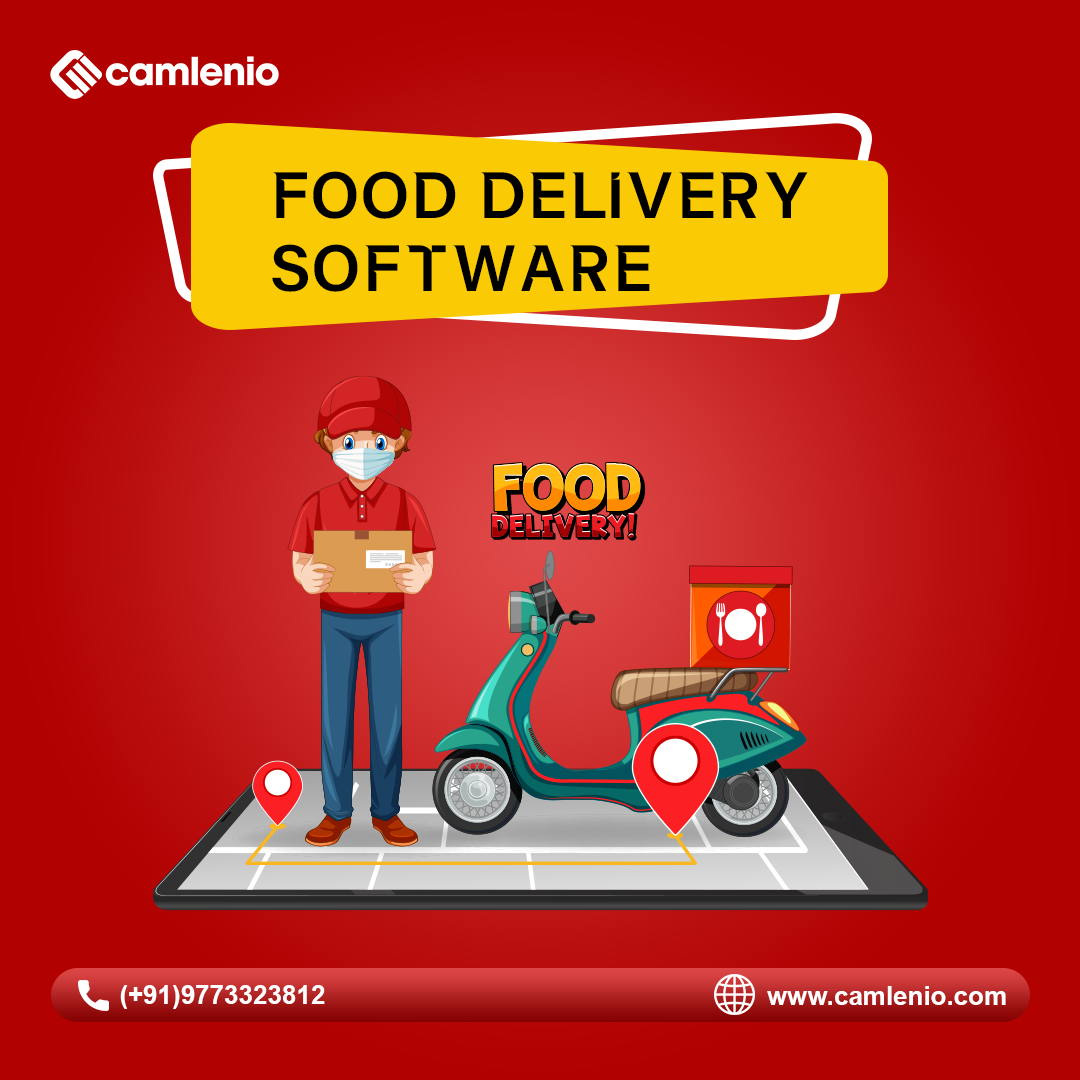Food delivery software has become an essential tool for restaurants and food delivery services, especially in the ever-evolving landscape of 2024. With the rise of online ordering and delivery, having the right software can make a significant difference in the success of your business. In this guide, we’ll explore the key features, benefits, and considerations when choosing food delivery software in 2024.
What is Food Delivery Software?
Food delivery software is a technology platform that facilitates the ordering, payment, and delivery processes involved in the food delivery business. It typically consists of a mobile app or website for customers to place orders, a dashboard for restaurants to manage orders, and a system for delivery drivers to receive and fulfill orders. The software often includes features such as order tracking, payment processing, menu management, and customer feedback. Food delivery software can streamline operations, improve efficiency, and enhance the overall customer experience in the food delivery industry.
Key Features of Food Delivery Software
- Online Ordering Platform: A user-friendly interface for customers to browse menus, place orders, and make payments online.
- Mobile Apps: Mobile applications for both customers and delivery drivers, enabling easy order management and tracking.
- Delivery Management: Tools to efficiently assign and track deliveries, optimize routes, and manage delivery fleets.
- Inventory Management: Keep track of stock levels, manage ingredients, and prevent stockouts with real-time inventory updates.
- POS Integration: Seamless integration with point-of-sale systems for streamlined order processing and inventory management.
- Customer Relationship Management (CRM): Tools to manage customer data, preferences, and feedback for personalized experiences.
- Analytics and Reporting: Insights into sales trends, customer behavior, and operational performance to make informed business decisions.
- Marketing Tools: Promotional features like discounts, coupons, and loyalty programs to attract and retain customers.
Read More : https://camlenio.com/blogs/ludo-game-software-of-2024/
Benefits of Food Delivery Software
- Increased Efficiency: Streamline order processing, reduce errors, and optimize delivery routes for faster and more efficient service.
- Improved Customer Experience: Provide a seamless ordering and delivery experience that keeps customers coming back.
- Expanded Reach: Reach a wider audience beyond your physical location through online ordering and delivery.
- Cost Savings: Reduce overhead costs by automating manual processes and optimizing resources.
- Data-Driven Insights: Access to valuable data and analytics to help you understand your customers and make data-driven decisions.
Considerations When Choosing Food Delivery Software
- Scalability: Ensure the software can scale with your business as it grows.
- Integration: Compatibility with your existing systems, such as POS and accounting software.
- Customization: Ability to customize the software to meet your specific needs and branding requirements.
- Security: Robust security measures to protect customer data and financial transactions.
- Cost: Consider the pricing structure, including upfront costs, subscription fees, and any additional charges.
Role Of Online Food Delivery Management Software In Delivery Process
- Order Management: It helps manage incoming orders from various sources, such as websites, mobile apps, and third-party platforms, ensuring they are processed efficiently.
- Routing and Dispatching: The software optimizes delivery routes based on factors like distance, traffic, and delivery windows, enabling faster and more efficient deliveries.
- Real-time Tracking: Customers and businesses can track the status of their orders in real time, improving transparency and reducing uncertainty.
- Driver Management: It assists in managing drivers, assigning deliveries, tracking their location, and monitoring their performance.
- Inventory Management: The software helps track inventory levels in real time, ensuring that orders can be fulfilled without delays.
- Analytics and Reporting: It provides insights into delivery performance, customer behavior, and other key metrics, helping businesses make informed decisions to improve their operations.
- Integration: It integrates with various systems, such as POS systems, payment gateways, and CRM tools, streamlining the entire ordering and delivery process.
Conclusion
Food delivery software is a crucial tool for restaurants and food delivery services in 2024. By investing in the right software, you can streamline operations, improve customer experiences, and stay competitive in the rapidly evolving food delivery industry.
